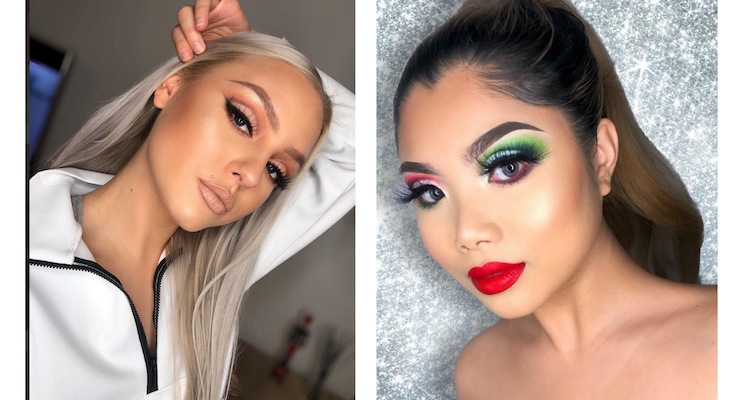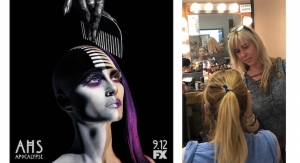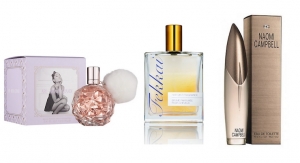Lisa Desforges, Strategy Director, B&B studio12.13.18
The beauty landscape is changing. On one hand we have “The Face.” A homogenized depiction of perceived perfection sweeping Instagram where women use heavy contouring and many layers of makeup to achieve a “flawless” look.
On the other (very distant) hand there is a distinct move away from this obsession for a singular, uniform look, with makeup no longer seen as a tool for hiding, erasing or refining perceived imperfections, but as a toolbox to express the wearer’s own personality, rather than one defined for them by a brand or social movement.
Instigated by a cultural shift towards acceptance and individuality, this trend for self-expression has been steadily gaining momentum for some time and the more enlightened brands are now actively seeking to support the movement, focusing on the unique personalities of their consumers rather than their outward appearance.
The brands making the biggest impact are those that allow consumers to experiment with products without the goal of achieving a brand-defined look. Those that actively support playfulness and creativity and empower rather than exploit the insecurities of their consumers. The days of a single “classic” look – the one-size-fits-all approach to beauty – are diminishing.
But while the overarching message may be to encourage self-expression, brands still need to retain a sense of personality and individuality to stand out from the crowd. One that translates across all touchpoints – including the ever-important social media – and that aligns with consumers in a relatable way.
Take the “Go Play” campaign for ASOS Face + Body. Overlaid with a spoken word soundtrack that states ‘I’m the artist, the canvas’, the short film features models of differing ethnicities and genders experimenting with the product range, using glittering eyeshadows, tiny pom-poms and large-scale polka dots to express themselves. Anything is possible – and acceptable – whether it’s a playful expression of personality, a classic look or simply no makeup at all.
Taking this stance has opened the door for ASOS to collaborate with like-minded brands that major in self-expression, as seen in the launch of vegan makeup range Crayola Beauty which was released exclusively through ASOS this summer.
In a wide variety of bright, vibrant hues, Crayola Beauty offers face crayons, “mermaid” eyeshadow palettes and a customizable lip kit with the option to create bespoke shades, encased in the classic yellow and green Crayola branding, taking consumers back to a time when their inhibitions were lower, and creativity and outward expression were actively encouraged.
When the rules of beauty are relaxed, people can create new looks that better reflect how they feel – or want to be perceived. When, where, how and whether to wear makeup is now a choice, not a prerequisite, and consumers of all ages, backgrounds and price points are able to revise their beauty routine based on how they feel at any given time.
The Challenge For Brands
This presents a challenge to brands: how to represent – and connect with – such a multi-faceted consumer. One who may not have a “go to” look and aspires to change their makeup regime on a regular basis. The perfectly-groomed model showcasing the latest beauty trend is no longer enough.
Consumers don’t want to be told what they want or who they should aspire to, and now expect brands to flex with them, fitting seamlessly into their lives in a way that doesn’t feel forced or restrictive.
Gone are the days when brands could simply create a world and invite the consumer in, expecting them to fit a predefined mold. But being inclusive doesn’t mean losing the brand mission. Standing for something is as important as ever – it just needs to be sincere and go beyond the superficial.
As part of this shift, enlightened brands are increasingly appointing brand ambassadors that align with a mindset rather than aesthetic profile, using role models and beauty bloggers instead of “models” in the traditional sense to appeal to a target attitude rather than a set demographic.
In short, brands need to open up their definitions of beauty to be inclusive and diverse, with products that feel relevant and respectful, and allow consumers to experiment. And it’s these brands that accept that the days of one-dimensional beauty and single-brand loyalty are now behind us and realigned to fit this new, more inclusive world, are the ones that will reap the benefits long term.
Photos: via Instagram: (R) glamorusgladi; (L) martynagodaite





























